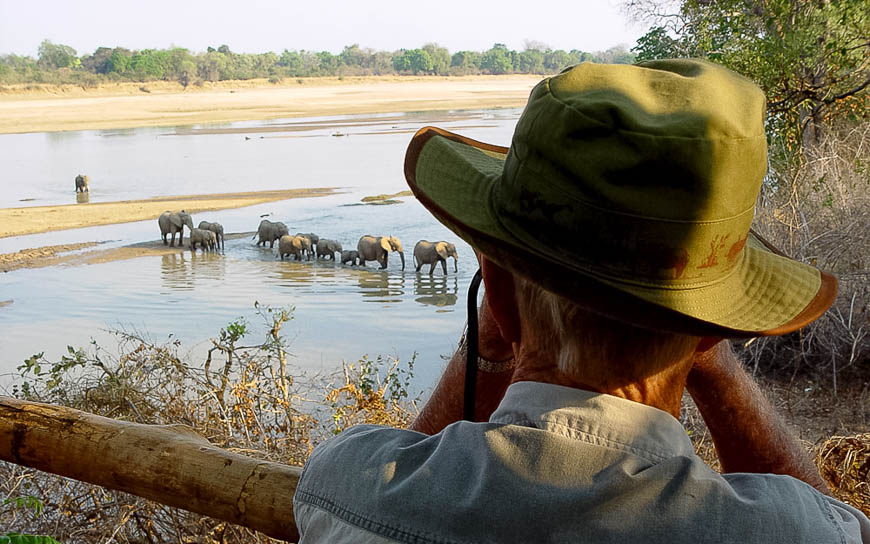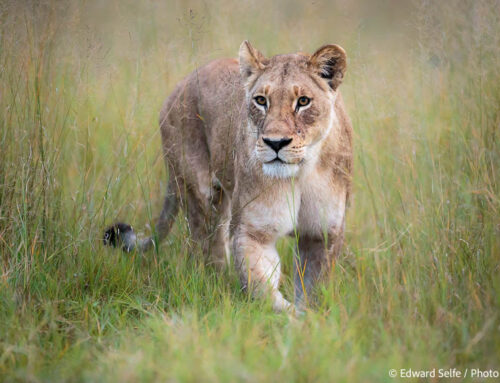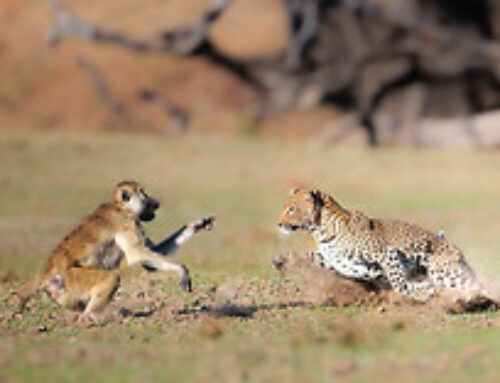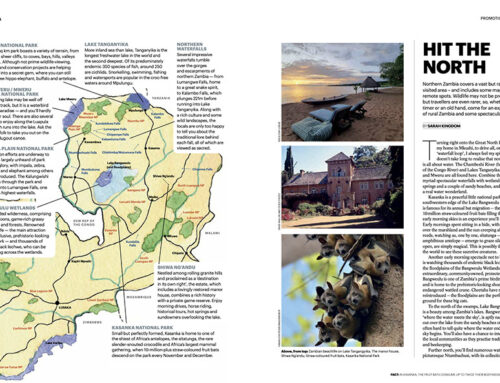The pre-05.00 wake up call from the camp staff is not the most welcome sound you will ever hear! However, as your mind becomes aware of your surroundings, the sounds of the outside world start to pierce the fog of your early awakening. The dawn doves begin their monotonous song and nearby a lion’s call cuts through the cold air and the single layer of canvas that separates you from the outside world. You are on safari.
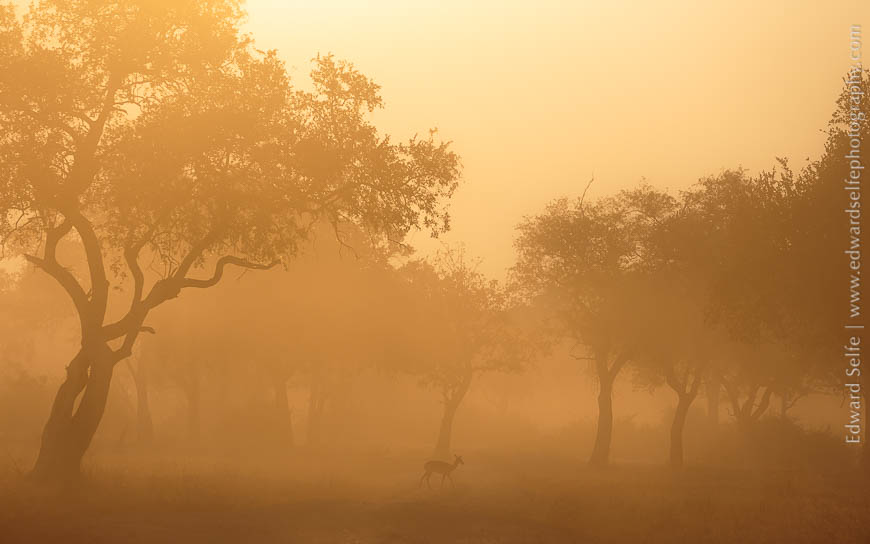
You will enjoy a light breakfast of hot drinks and toast in a beautiful spot in camp. Having taken on vital nourishment to carry you through the morning’s safari drive, you’ll depart from camp, the chill of the morning still hanging in the post-dawn air. Morning drives on photographic safaris usually leave camp at dawn, sometimes making use of a spotlight to seek out nocturnal creatures which are still moving around. While photos are not easy during this period, we are hoping to locate something interesting and beautiful so that we are in position to create stunning images when the sun rises and appears through Luangwa’s majestic trees.
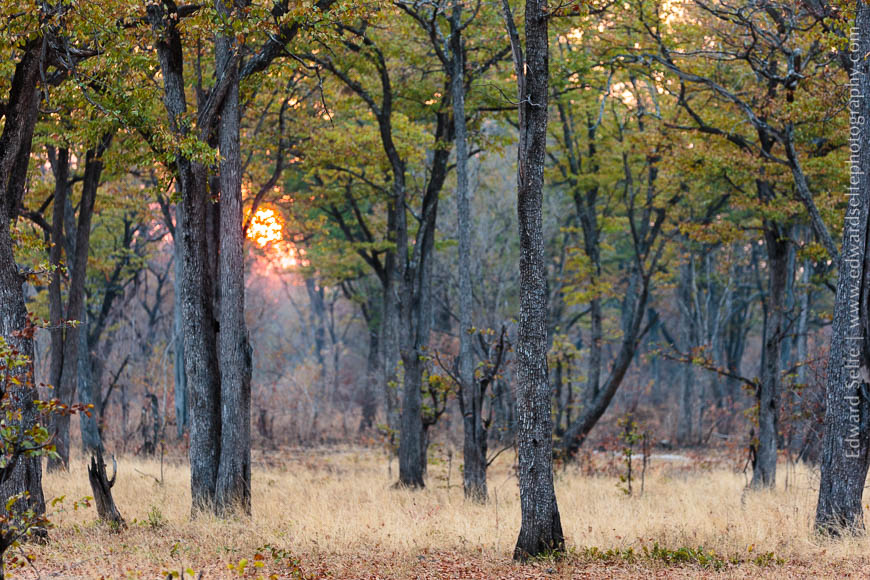
Much is made of the soft, golden light of early morning and late evening – and its certainly fantastic – but this low-angle light can be used in many ways other than for sweet, golden images. It’s not only the angle that is important, but also the low intensity of that light; it doesn’t drown the shadows and overwhelm the highlights. It is creative light that can be used to light, back-light, side-light or rim-light your subject – it is light at its most malleable.
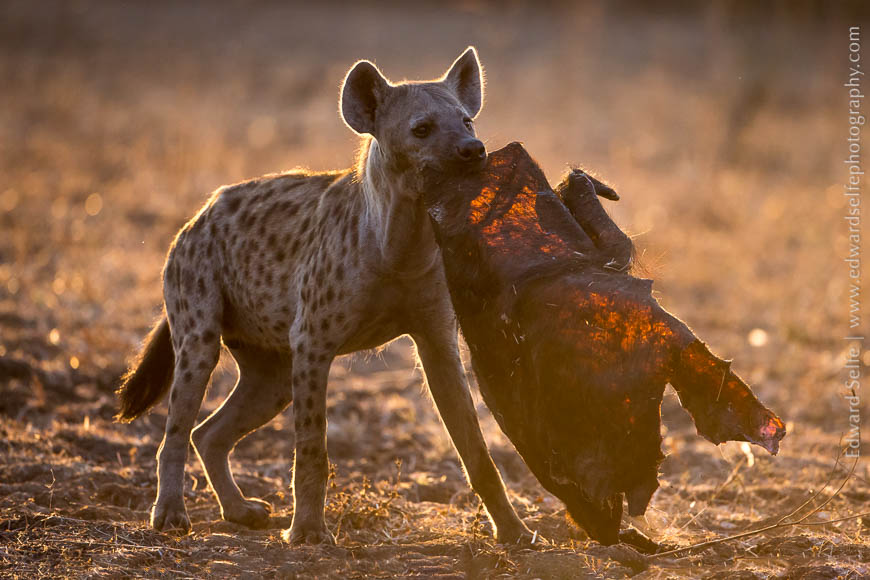
This early part of the morning is a very special time in the bush; as the sun starts to cast its rays across the landscape, nocturnal creatures wrap up their activities and their places are taken by diurnal creatures. In this period, there is a chance of overlap between the two; a time when we can observe hunters and prey interacting, when spectacular morning light combines with sightings of Africa’s headline wild creatures. So this is when we are most likely to find predators on the move, and it is likely to be leopards and lions that are top of our wish-list, but some of the best photographic opportunities are offered by the more commonplace bush residents.
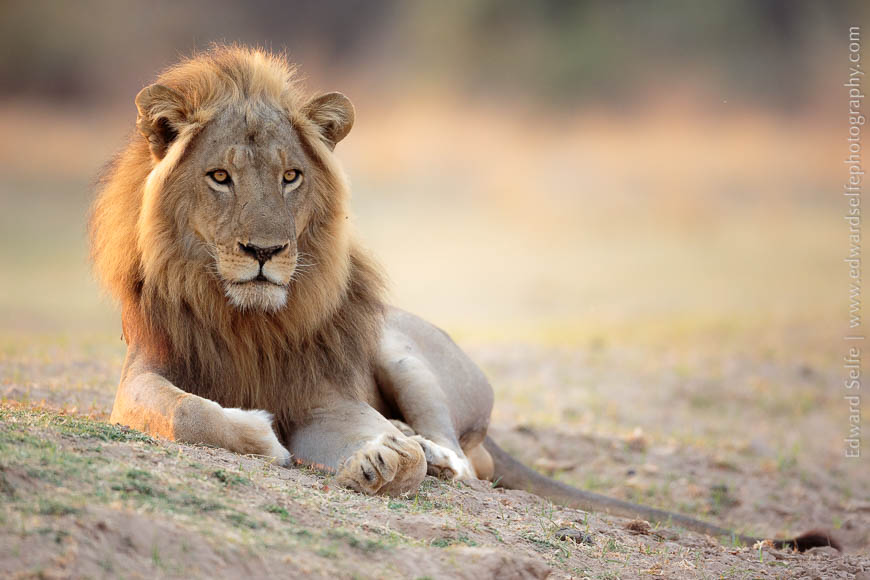
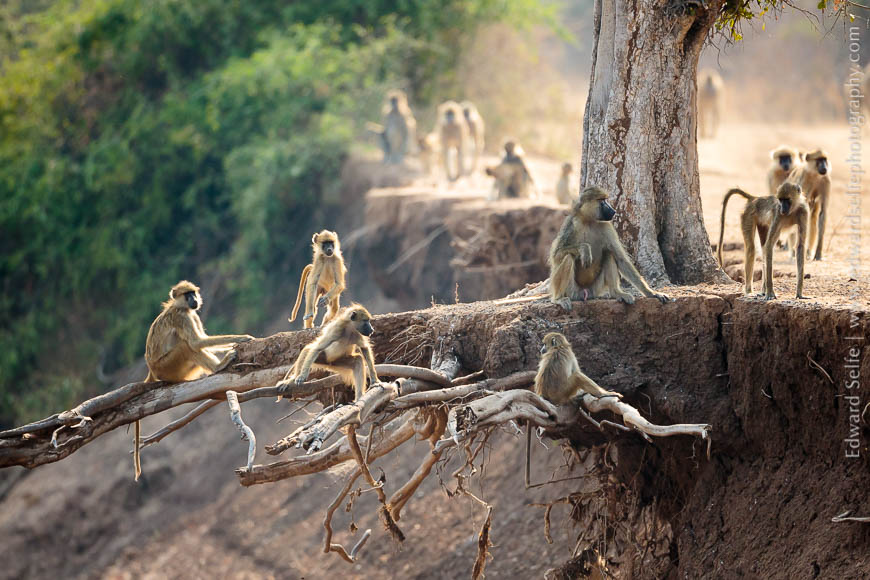
Having moved slowly around in the early morning, exploring a particular area, or simply creeping through the bush, stopping regularly to pick-up the indication signs of a predator nearby, you might move on to explore new opportunities. Perhaps there is a popular elephant crossing point, where herds move through the shallow Luangwa at regular intervals. This is such a rewarding activity – sitting on the banks of the river waiting for Nature to come to you. Perhaps at this time, you might take a short break to have a cup of coffee (which always tastes better in the bush!) while waiting for the next group of elephants to emerge from the bush and cross the sand beach towards you.
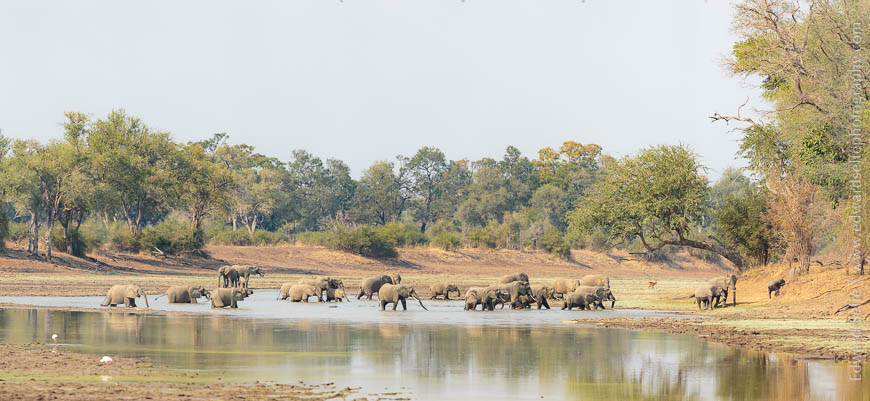
One of the joys of morning drives is that temperatures stay low and the light is good for photography for a number of hours. Leaving the river behind, you might move inland to catch up with herds of zebra on the short grass plains, or perhaps scout the riverine forest for leopards which have – by now – climbed into the low branches of smooth-barked Sausage trees. It’s often when you begin to think that you’ve had the best of the morning that you round a corner and come across something truly special.
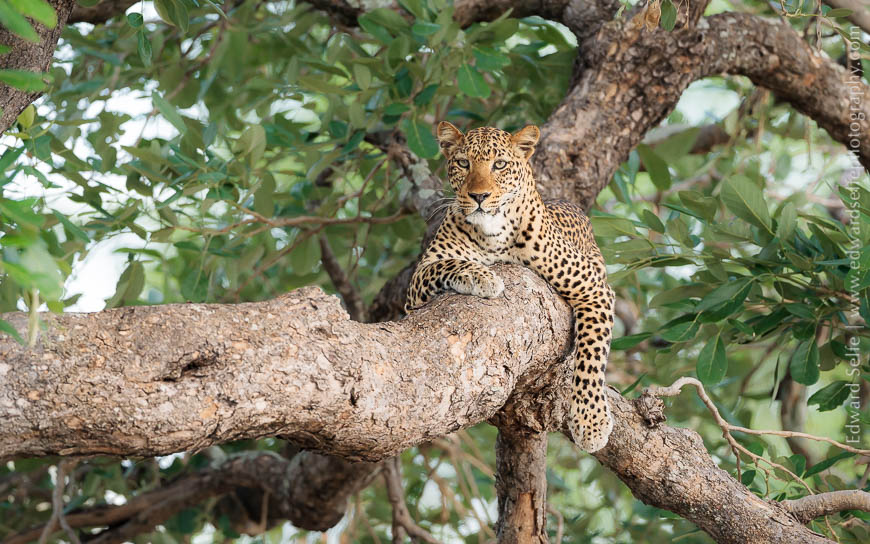
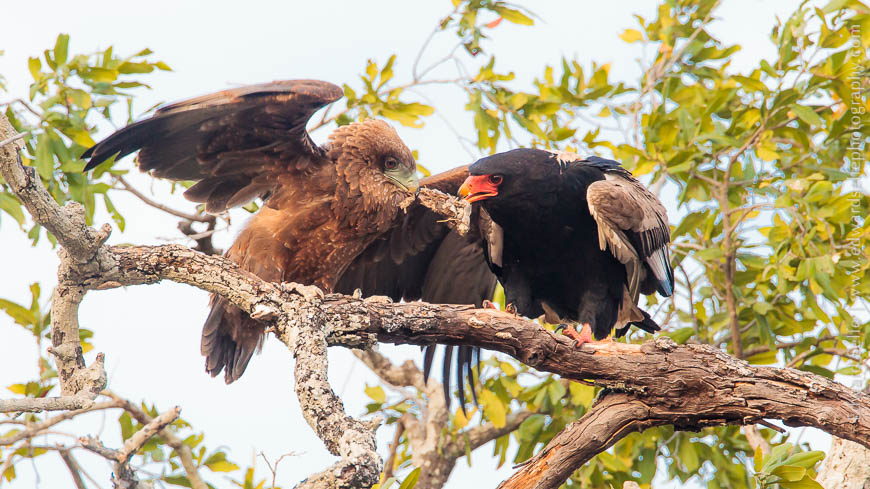
Large birds become active later in the morning when they’ve warmed themselves after the cold night. Martial Eagles, Vultures and Snake-eagles can be found perched on exposed branches catching the warming rays. If you time your arrival well – or sit for a while – these birds will often take off to begin foraging, scavenging or territorial displays giving a chance for wonderful shots of the strength and beauty of these majestic predators.
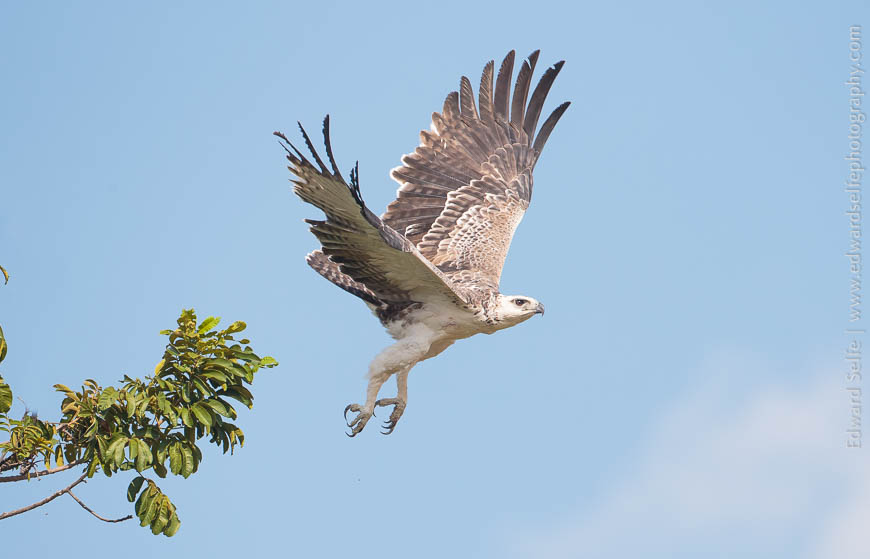
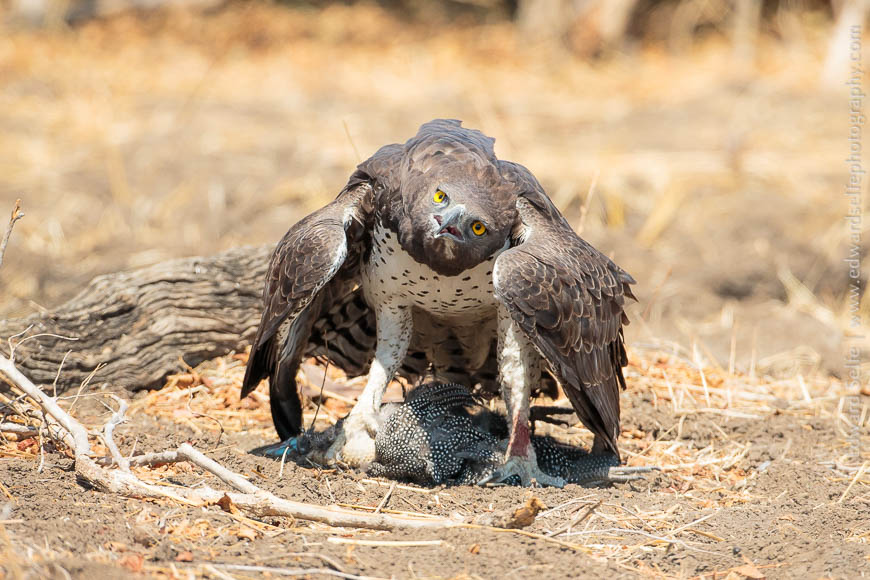
There are also times on a morning drive when the photography doesn’t matter. Times when it’s simply a pleasure to be immersed in Nature; the morning is warm, there is a rich soundtrack of bird calls in the air and nearby antelope are grazing quietly. It’s a moments like these that I encourage my guests to put their cameras down and take some time to absorb their surroundings – with so few wild areas left in our world, it’s important not to allow technology and the pursuit of image perfection to blind us to those areas that remain. I remember sitting in an ebony grove for nearly an hour one morning while several herds of elephants meandered around us. The light was poor and the elephants were very sleepy, and none of us thought of raising a camera. But it was a magic, serene experience with Nature that was as much a highlight of that tour as any of the images we took….. But, stopping for these special moments may also allow us to hear a distant baboon barking his leopard alarm-call, and it’s not long before we’re off again in search of the next of Luangwa’s highlights!
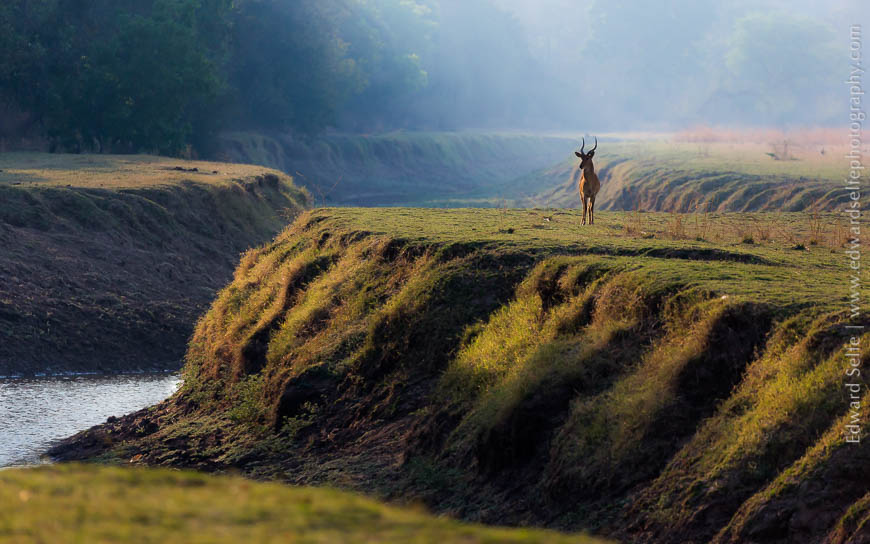
Once the sun rises high in the sky, and the temperatures reach towards their peak, we turn and head for camp. We stop along the way, but we also enjoy the feeling of the warm wind on our faces and consider the density of life that exists all around. The concentration of game in the Luangwa Valley is really something that has to be seen to be understood. Back in camp, a varied and freshly-prepared brunch awaits our return, before we take some time out in our rooms, or overlooking the river. Some camps offer hides which some like to visit, and other guests choose to rest and allow the brain to absorb the sensory riches of the morning’s activities.
